2008 Vectrix Electric Scooter - Motorcycle.com
Fancy a peek into a truly functional crystal ball? Hop on this new ground-breaking scooter made by America-based Vectrix Company and have a taste of what may become the shape of things to come: electric-powered bikes.
With our non-renewable fossil fuel supplies running short, there’s little doubt that alternative power two wheelers such as the Vectrix will crowd our streets one day, whether we like it or not. Car makers have been at it for a while, but none has really offered a fully zero-emissions vehicle. The Vectrix, on the other hand, is no hybrid thing – there’s no internal combustion engine charging batteries for a mixed cycle.
But before we get all too philosophical about the Vectrix, here’s the story behind the innovative vehicle that goes where the Big Four fear to tread, at least for now.
Seems like around 1995, good old Lockheed Martin was looking for some nice projects to bite on outside the military field. Together with entrepreneur Andrew MacGowan, they soon enough came to realize that a zero-emissions urban vehicle that runs purely on electricity could be a swell idea. Bam!
Fifty million dollars and 11 years later we have a mass produced scooter that delivers the goods. Okay, okay, it's been a bit more complex than that to be sure.
Big hitters like Parker Hannifin, ALCOA, Gold Peak batteries and others had to pool their engineering resources, and a new facility was established in New Bradford, MA, but by 1997 a first prototype was up and running. The scooter was unveiled at the Bologna show of 2000.
The Italian connection is not casual. With close to 300,000 scooters per year sold in Italy alone, this is the most commuting-aware two-wheeled market in the West and a fertile ground to introduce the Vectrix. Just to make sure the message didn't get lost on the spaghetti eaters, Carlo Di Biagio, former CEO of Ducati Motor Holding, was brought into the board.
Technically speaking, the story looks misleadingly simple. A brushless DC motor that sits next to the rear wheel and drives it though planetary gear powers the Vectrix. The huge space between the rider legs, basically the scooter's bottom spine, is filled with NiMH batteries rechargeable batteries. Easier said than done. With no similar vehicle using the technology things like motor and batteries, controllers had to be developed from scratch. The weighty batteries required a sizable weight reduction in other areas, which could only be achieved by going for a unique all-aluminum frame under the injected ABS body parts.
By 2005, the project was mature enough to win Vectrix the Frost & Sullivan Award for “Technology Innovation & Leadership of the Year,” while in far away Poland an assembly line was being constructed. When you consider the kind of media noise that some small manufacturers of Big Twin choppers are able to create around their low-tech creatures, you have to take your hat off in front of Vectrix's quiet yet amazingly profound way of doing things. Behind the Vectrix's production there's a complex logistic chain that brings together electric parts from the USA, cycle parts from Italy, batteries from Hong Kong and who knows what else.
Give the Vectrix a good handful and indeed, even if top speed is limited electronically to 60 mph in order to preserve battery power, the Vectrix gets there in a real hurry, leaving most cars in its wake. Between 30 to 50 mph the Vectrix is truly impressive, gaining speed during roll-ons with some serious oomph.
But that's telling half the story because the way the electric motor responds to throttle inputs is simply unlike nothing else I've tried. First there's the uncanny silence, a quite soft wooosh magically accompanies you. Then, remember when journos used the term "electric motor response" to describe a healthy gas engine? Well, a true electric motor feels even nicer, the sheer fluidity of the drive is fun, fun, fun, and when the time comes to tip-toe in traffic, you can really dole out the drive in what feels like fractions of foot-pounds. The control is simply amazing.
The only problems I find so far are that if you do touch the rear brake while using the throttle braking at the same time, the rear wheel tends to lock too easy. It wouldn't be a bad idea to cutoff the regenerative braking when the real brakes are used. More to the point, the regenerative braking system is so much fun to use that you tend to forget all about normal braking, but in an emergency case, you will have to use those good levers but might not be so accustomed to them anymore. My last complaint is not braking related. Although the riding posture looked at first normal enough, on my longer runs the too-close handlebars induced some mid-back pain that was a bit annoying. A bit of a shame because the seat is actually Gold-Wing plush.
Considering the hefty dry weight of 460 lbs., the Vectrix actually responds nicely to handlebar inputs and is quite agile. The low center of gravity of the battery and motor unit do their part while the stiff aluminum frame keeps the whole plot very steady while leaned over. The sporty calibrated suspension was a bit harsh over speed bumps, but other than that, the cycle side of things is really well sorted out.
And this is when we reach at last the mother of all questions: battery life. Vectrix claims that in an urban riding cycle, the 3.7 kW-h rated nickel-metal hydride batteries can supply up to 60 miles of range. Thing is that my 20-mile ride to work happens mostly on the not-so-urban Milano ring road and the technician that handed me the scooter warned me about getting too throttle happy. On top of that, the scooter was brought to me only 70% charged, and I had to get to work, no time for a recharge.
My ride begins with caution, and as I hit the busy highway, I settle on a 45-mph cruise rather going "berserk" at 60. The heavy morning traffic isn't going much faster anyway. The most useful tool you have in order to judge your range is the backwards mile counter that tells you how many more miles you have left in the batteries. As I am getting nearer and nearer to my office, I am relieved to still have a good 20 miles of charge.
With the first ride's anxiety gone, it all starts to make sense. For my normal home-work-home cycle of 40 miles per day, a 2.5-hour charge by night in the garage is enough. Have some extra errands to do during the day? Better plan ahead where can you have a mid-day charge. Obviously, the Vectrix was planned around a steady, daily commuting cycle, but if these guys will manage to go forward with a self-contained fuel cell to recharge, then it'll be really game over on this front too.
Which brings us of course to the whole price vs. benefits questions. Better sit down before you go on reading, because at $11,000, the Vectrix is certainly not cheap. Far from it, at least in face value. It's only when you calculate running costs over a few years of daily commuting that the Vectrix starts making sense and actually saves you money in earnest. I guess that when you reach that turnover point you really start feeling smug about going electric, practically running your scoot at a tenth of what it would cost in fossil fuel.
How will the Vectrix fare? That's a biggie too. The initial price is shocking indeed, but only when you look at it short term. On the other hand, very few people believed that Toyota's Prius would sell as good as it did, so go figure.
| Performance | |
Max Speed: | 62 mph / 100 km/h |
| Acceleration: | 0-31 mph (50 km/h) in 3.6 seconds 0-50 mph (80 km/h) in 6.8 seconds |
Range: | 68 miles (110 km) @ 25 mph (40 km/h)Simulated urban driving - 5 hours |
Braking: | Patented multi-function throttle (DAaRT) provides regenerative braking and slow-speed reverse; Front and rear Brembo disc brakes |
Tires: | Pirelli GTS23 120/70-14 (Front); GTS24 140/60-13 (Rear) |
Fork: | Marzocchi Telescopic |
| Suspension: | Sachs Twin Shocks |
| Battery: | Nickel Metal Hydride (NiMH) |
| Rated Battery Capacity: | 30 Ah, 3.7 kW-h |
| Rated Battery Voltage: | 125V |
| Charger: | 1.5kW on-board battery charger |
| Recharge Requirements: | 110V-220V (50/60Hz) |
| Recharge Time: | 2 hours (80% charge) |
| Battery Discharge Cycles: | 1,700 (80% charge) |
| Estimated Battery Life: | 10 years or 50,000 miles / 80,000 km |
| Motor Type: | Brushless DC, radial air-gap motor |
| Peak Power: | 20 kW at 3000 rpm |
| Max Current: | 275 Amps |
| Max Torque: | 65 Nm |
| Gearbox: | Integrated rear-wheel mounted planetary gear drive |
| Electronics: | DSP & IGBT based all-digital electronic control and motor drive system |
| Instrumentation: | LCD display speed, odometer, battery charge,, estimated range, and system status |
| Communications: | Controller Area Network (CAN); Bluetooth wireless systems diagnostics and communication |
| Weight: | 462 lbs (210 kg) |
| Wheelbase: | 60 inches (1525 mm) |
| Seat Height: | 30 inches (770 mm) |
| Storage Capacity: | Underseat storage for a full-faced helmet; glove compartment |
| Frame: | Aluminum |
| Warranty: | 24 months |
| Emissions: | Zero |
| Retail Price: | $11,000, not including tax, registration, freight or delivery charges. |
More by Yossef Schvetz



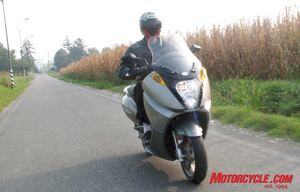








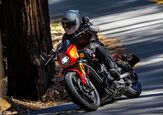
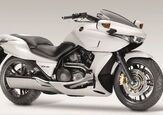
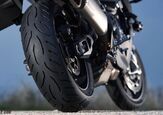
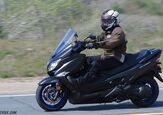
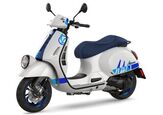
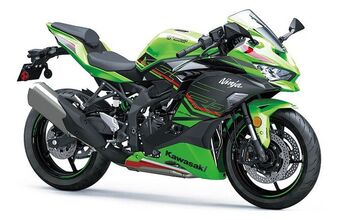
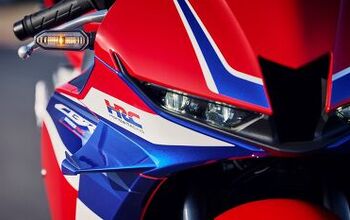
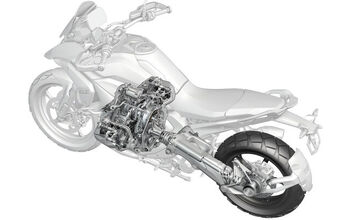


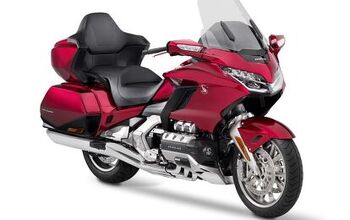
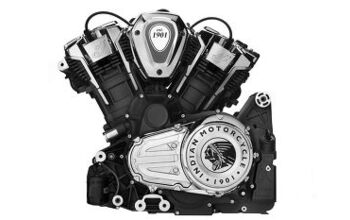
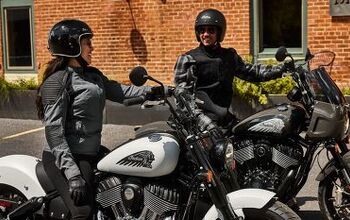

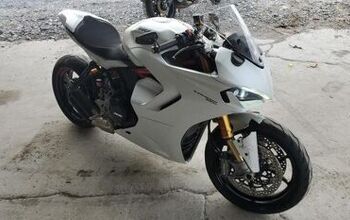


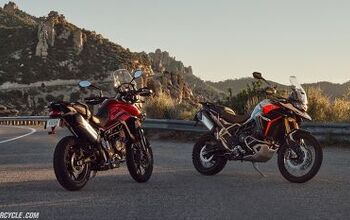
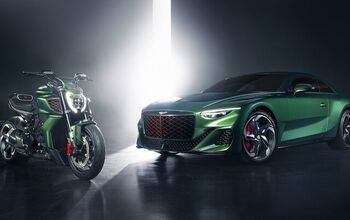
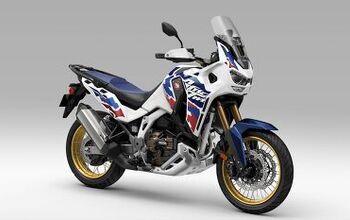



Comments
Join the conversation